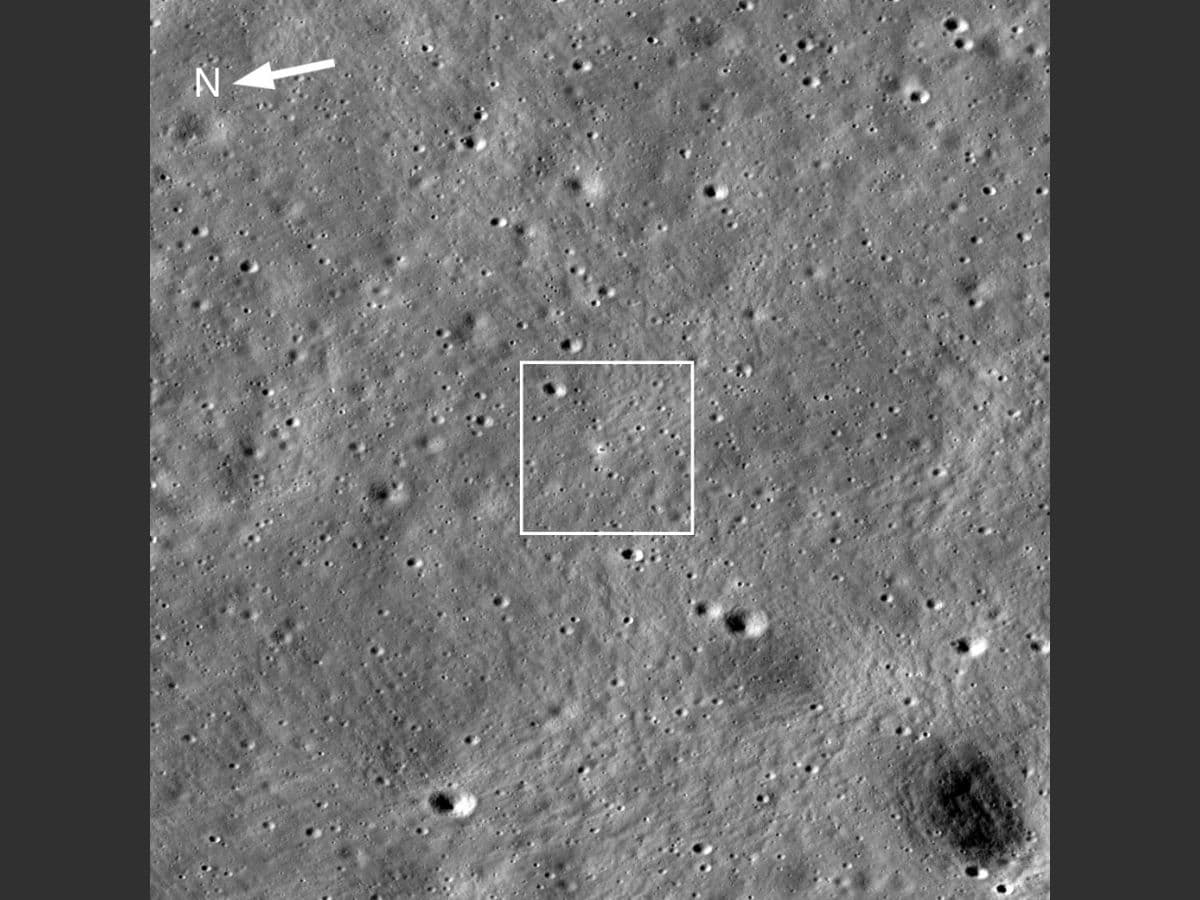
New Delhi: The Lunar Reconnaissance Orbiter (LRO) of the American space agency NASA has captured an image of the Chandrayaan-3 landing site. The spacecraft is currently near the moon’s south pole since its successful soft landing on August 23.
The Chandrayaan-3 landing site is located about 600 kilometers from the Moon’s South Pole.
The camera attached with the NASA oribiter acquired an oblique view (42-degree slew angle) of the Vikram lander four days later it had touched down.
Launched on June 18, 2009, the NASA orbiter has so far collected a treasure trove of data, making key contributions to the knowledge base on moon.
“The bright halo around the vehicle resulted from the rocket plume interacting with the fine-grained regolith (soil),” said NASA in a statement, attaching the captured image.
On August 23, India took a giant leap as the Chandrayaan-3 lander module successfully landed on the moon’s South Pole, making it the first country to have achieved the historic feat and bringing to an end the disappointment over the crash landing of the Chandrayaan-2, four years ago.
India became the fourth country – after the US, China, and Russia – to have successfully landed on the moon’s surface.
After having landed, the Vikram lander and the Pragyan rover performed different set of tasks on the lunar surface, including finding the presence of sulphur and other minor elements, recording relative temperature, and listening to movements around it.
Meanwhile, the Vikram lander and Pragyan rover are in “sleep mode”, with awakening expected around September 22, 2023.
In latest update, the Indian Space Research organisation put out a 3-dimensional ‘anaglyph’ image of the Chandrayaan-3 Vikram lander from the south pole of the Moon. Anaglyph is a simple visualization of the object or terrain in three dimensions from stereo or multi-view images.

